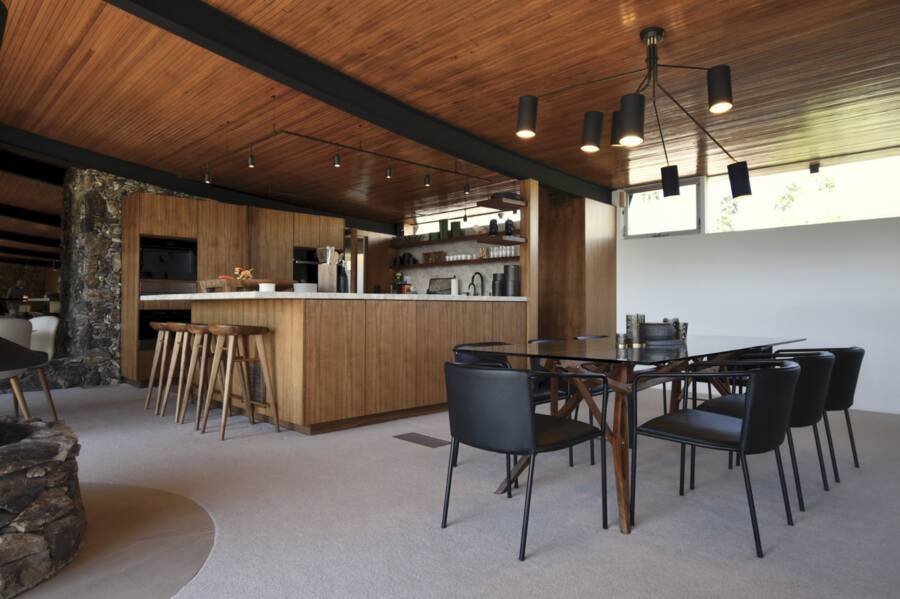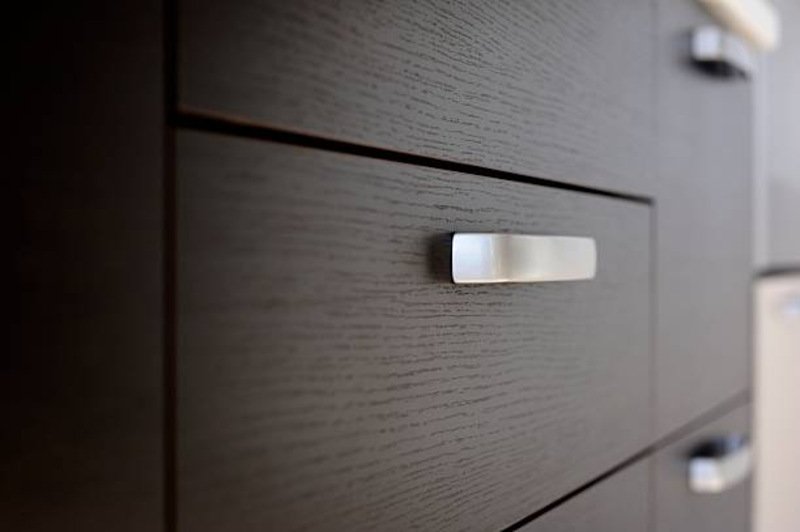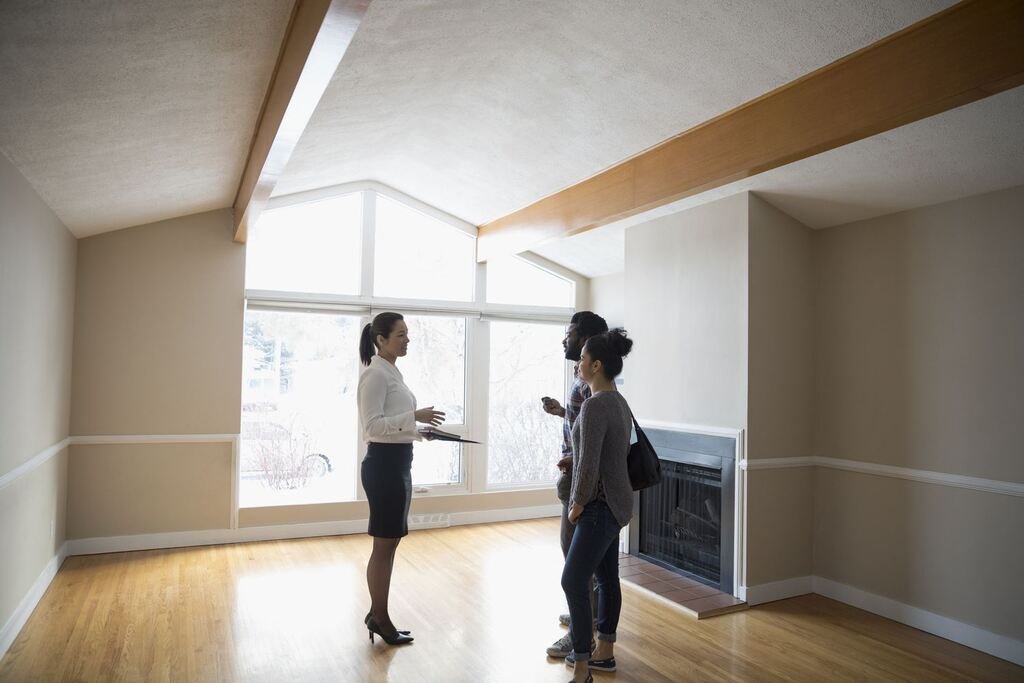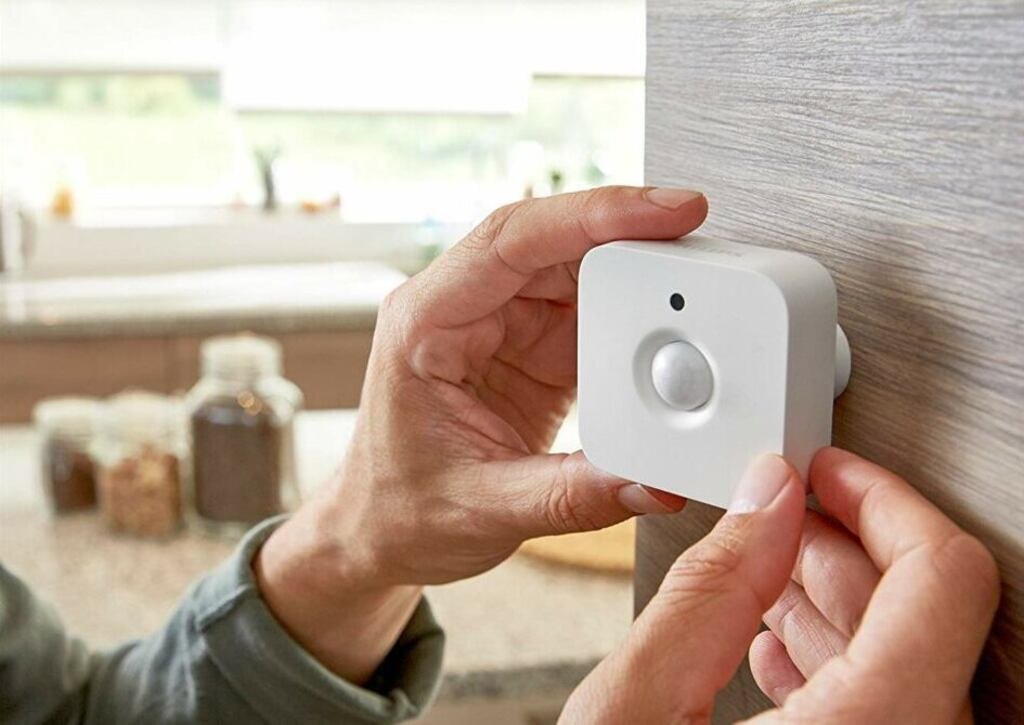If you’ve just bought a new piece of furniture, inherited a family heirloom, or snagged a prized piece of wooden furniture at a local vintage store, you’ll want to keep it in a like-new condition for as long as possible.
When it comes to keeping the furniture in our homes in excellent shape, most people know to use a soft micro-fibre cloth and use protective elements like coasters under mugs and felt feet on frames.
However, there’s one invisible issue that might be quietly wreaking havoc on your wooden furniture — and that’s the humidity in your home. And humidity can cause much bigger problems than a water ring from a dewy glass or a scratch from a misplaced ornament.
Read on to find out how your wood furniture could be affected by rising and falling levels of humidity and how you can counter both of these variables.
How Does Your Home Get Humid?
Your home can become humid for a variety of reasons, outlined below.
The External Elements
Obviously, rooms are more humid on a hot and muggy summer day. This can be especially noticeable in climates across North America, where temperatures can turn on a dime and vary wildly between seasons.
For example, Mississauga, Ontario, is classified as a ‘humid continental, no dry season, warm summer’ climate. There, temperatures are eight percent higher than the Canadian average. In the winter, the temperature sits at an average high of minus one, whereas in the summer, the average high is 26 degrees Celsius.
For these reasons alone, anyone looking to buy solid wood furniture in Mississauga needs to take extra steps to control the humidity in their home.
In addition to the external climate, other factors can impact a home’s humidity levels.
Day-to-Day Habits
Our daily habits can have significant impacts on our home’s humidity.
For example, taking long, hot showers or steamy baths will definitely contribute. So will cooking for long periods of time, especially without an extractor fan running or without proper ventilation.
Issues with the Home
Several different problems around the home can mean extra humidity, including:
- Your HVAC system isn’t running as it should.
- There’s a leak from a pipe in the walls or major appliances — like a dishwasher or fridge.
- You’ve got overall poor ventilation — you keep windows closed for long periods of time, or have inadequate attic insulation and roof ventilation.
- Poor grading around the home is soaking the soil and slowly seeping into the foundation.
What Should Your Humidity Level Be?
As a general rule of thumb, since every home is different, your humidity should range between 30 percent to 40 percent in the winter. In the summer, as mentioned above, it might be a little higher — somewhere around the 50 to 60 percent mark.

How Can I Check My Home’s Humidity?
There will be some clues of high humidity like the inside of your windows are running damp. But to get an accurate reading, use a hygrometer, which will immediately relay your home’s humidity. Note:don’t run this tool in the bathroom or kitchen, especially after cooking and bathing, as they’ll usually return a result that’s not indicative of the home’s overall rating.
How Does Humidity Affect Your Wooden Furniture?
Since wood is a porous material, it will absorb and onboard atmospheric moisture. In extreme cases, this can cause the wood to warp, grow mold and start to rot. On the other hand, when the air is too dry, it can cause wooden furniture to split and crack — it’s all about finding that happy balance.
If you’ve noticed that some of your wooden furniture is cracking or splitting, a lack of moisture in the air could be the cause. And if you’ve noticed that drawers are becoming increasingly more challenging to open, or you’ve spotted areas of mold behind a dresser or a bureau, humidity may be the culprit.
In cases of warping or dampness, gently wipe the furniture down and take it apart as best you can — removing drawers and taking out the back panel when possible. Now, leave it to dry out in a controlled space. This can take multiple weeks, so be patient; if the wood dries too quickly, it might split or crack.
Ways to Protect Wood from Humidity
Fortunately, there are some easy ways to protect your wooden furniture from humidity.
- Most new, quality furniture will have a protective coating that will act as a defence against dampness. However, if you’ve bought a second-hand piece, treating it with a varnish or lacquer can instantly rebuff moisture!
- Keep pieces that you care about and want to preserve out of bathrooms and kitchens, and don’t store them in garages or other outbuildings.
- If you notice mold on a piece, treat it immediately before it spreads.
- Invest in a dehumidifier that can control the room’s humidity levels and keep the percentage where it should be.
- Make sure that extractor fans are running when you’re bathing or cooking.
- Open the windows now and again to get air circulating through your home.
- Change your HVAC filter every three months.
- If you have major concerns about your HVAC systemor your attic insulation, consult with a specialist before the issue becomes a much bigger problem than a warped drawer.
- If wood is splitting and you’ve found that the air is too dry in your home, consider trialing a humidifier.
- And last, if it’s in your budget to do so, consider installing energy-efficient windows, which can help to prevent leaking air.
The Bottom Line
Yes, humidity can affect your furniture. However, by taking preventative steps to protect your assets and to control the moisture in your home, your furniture should be able to quickly rebuff this common threat, and you’ll be able to enjoy your tables, shelves, chairs and cabinets for years to come.
Recommended Posts:















